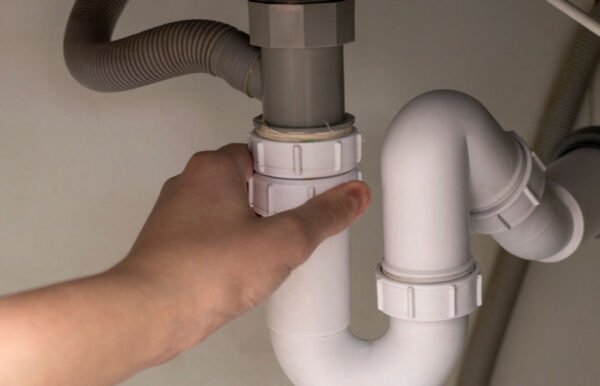A Detailed Description of Mandatory Employee Benefits in Japan As Explained By Mulland Fraser!

Mandatory Employee Benefits (MEB) makes up an employee’s total cost of payroll. This includes, but is not limited to, social security contributions and national pension plans. Mandatory Employee Benefits have been introduced in Japan because many citizens have expressed concerns about the absence of a pension system.
Many benefits are mandatory, such as unemployment insurance and health care insurance. The government has decided that these types of insurance should be required to give its citizens peace of mind regarding employment situations. Another compulsory benefit that many companies pay for is Japanese national pensions, which can be received at 60 years old or older (depending on your birth year).
Mulland Fraser Explains Old-Age Pension Benefit:
Old-Age Pension (OAP) is a government benefit you can receive if you are over 65. It is commonly referred to as kokumin nenkin or kokumin nenki in Japanese. This pension plan’s benefits include free medical and long-term care, public transportation, rent subsidies, etc.
According to experts like Mulland Fraser Japan, these services are provided by the Japanese government, which means you can use them for up to 90 days before your monthly OAP payment kicks in. Public transportation fees in Japan cover buses, trains, and even ferry rides within the country and local airports.
Disability Pension As Per Mulland Fraser’s Information:
Disability Pension is also a government benefit. This pension plan is for you if you cannot work or have no earnings to sustain your living. You will receive a monthly payment from the Japanese government, including help with housing payments, medical expenses, etc.
In addition, if you become disabled and cannot work but have earned Social Insurance (SC) credits, then this insurance plan will cover your disability income through the following methods: Assistance to get a job again after your disability period ends, Long-Term Disability Income Support which continues until retirement age and Children’s Education Assistance which offers contributions towards post-secondary education or vocational training costs.
Survivors Pension:
This pension plan is for widows, widowers, or divorced spouses who have accumulated credits toward their OAP. They will receive all the benefits that come with OAP and a further sum of money called the Tsui Hatsu (translated as the “first payment”). Benefits include medical and long-term care, free public transportation, and additional aid if you are elderly.
Retirement Pension:
Retirement Pension is a government pension plan, which enables citizens to receive income from their jobs until old age. You will be paid this pension from your employers in exchange for fulfilling specific requirements; these must be met to qualify for a retirement pension. To be eligible for a retirement pension, you must have at least 25 years of social insurance (SC) credits and severance payments paid for by your employer or contributed to the Employees Pension Insurance (EPI) by paying monthly premiums.
It is important to note that your employers do not pay the primary benefits, nor are they free. The tax system, which is compulsory in Japan, must be used for payment. SC taxes are taken from your paychecks for all applicable social insurance plans you contribute to by the worker’s period of employment. EP taxes are taken from you if you have already contributed to the EPI by paying monthly premiums, which can be up to two times your monthly salary.



